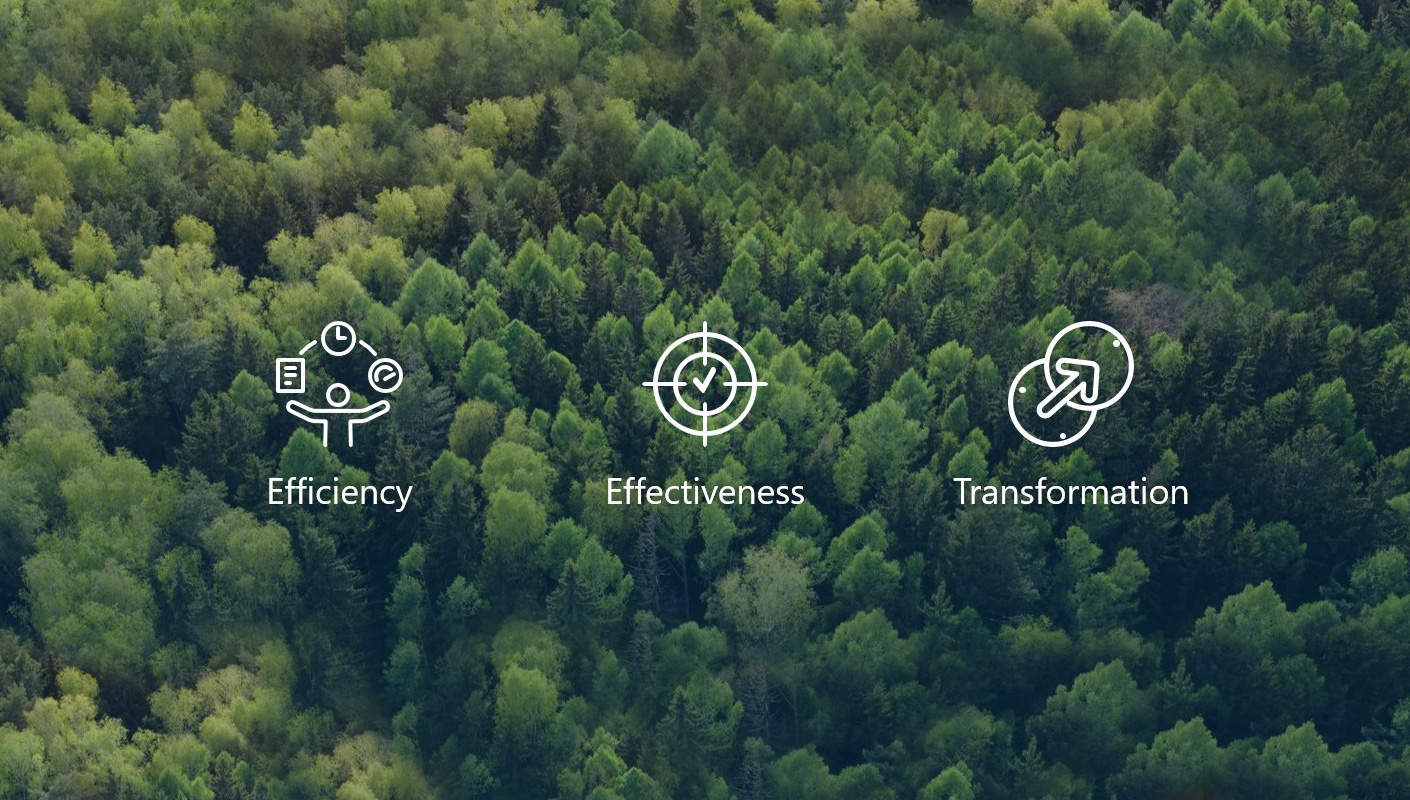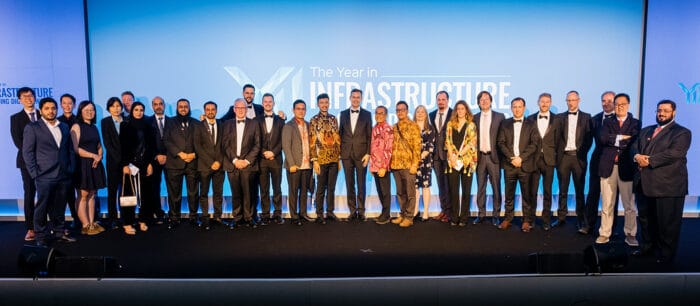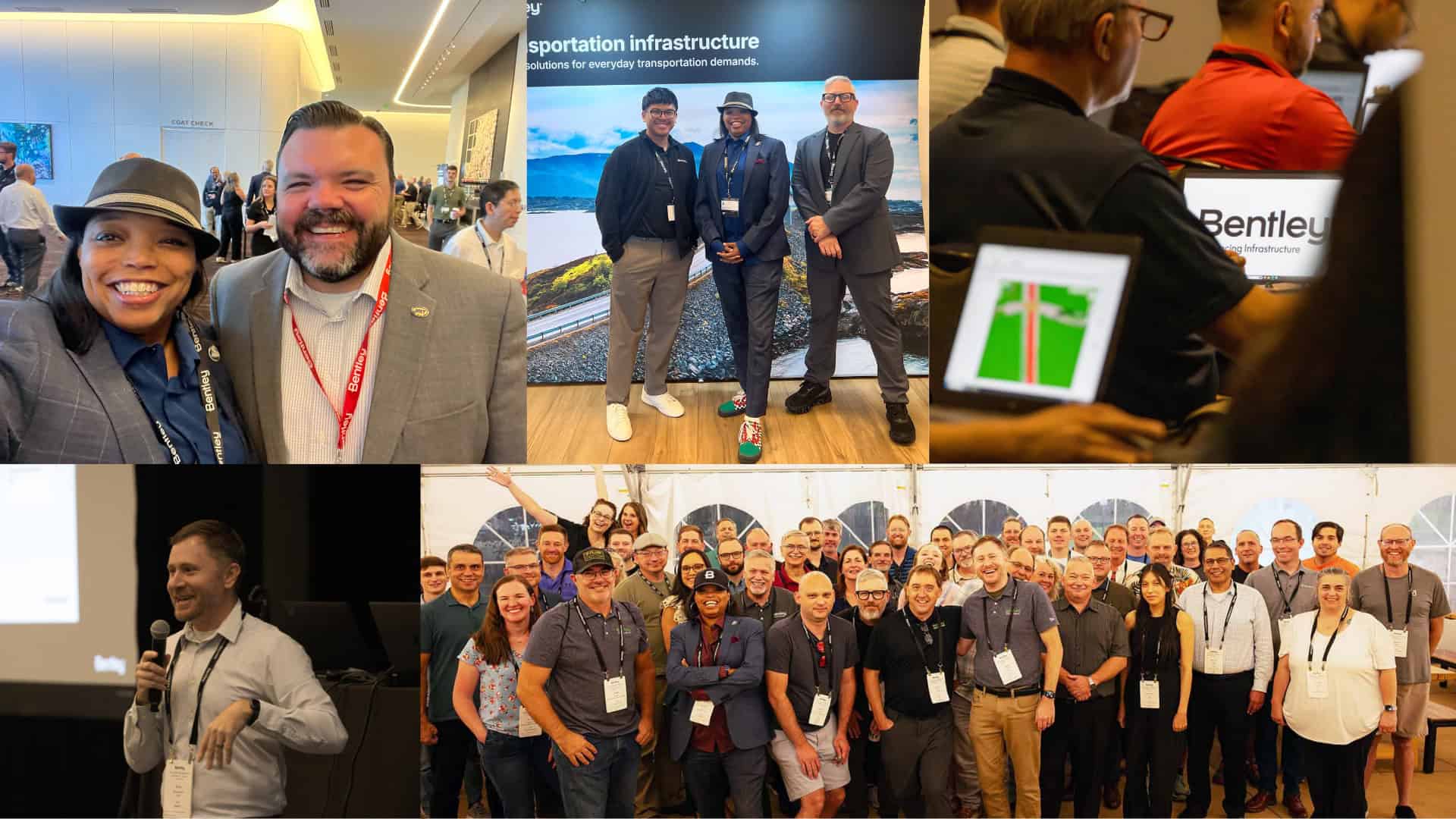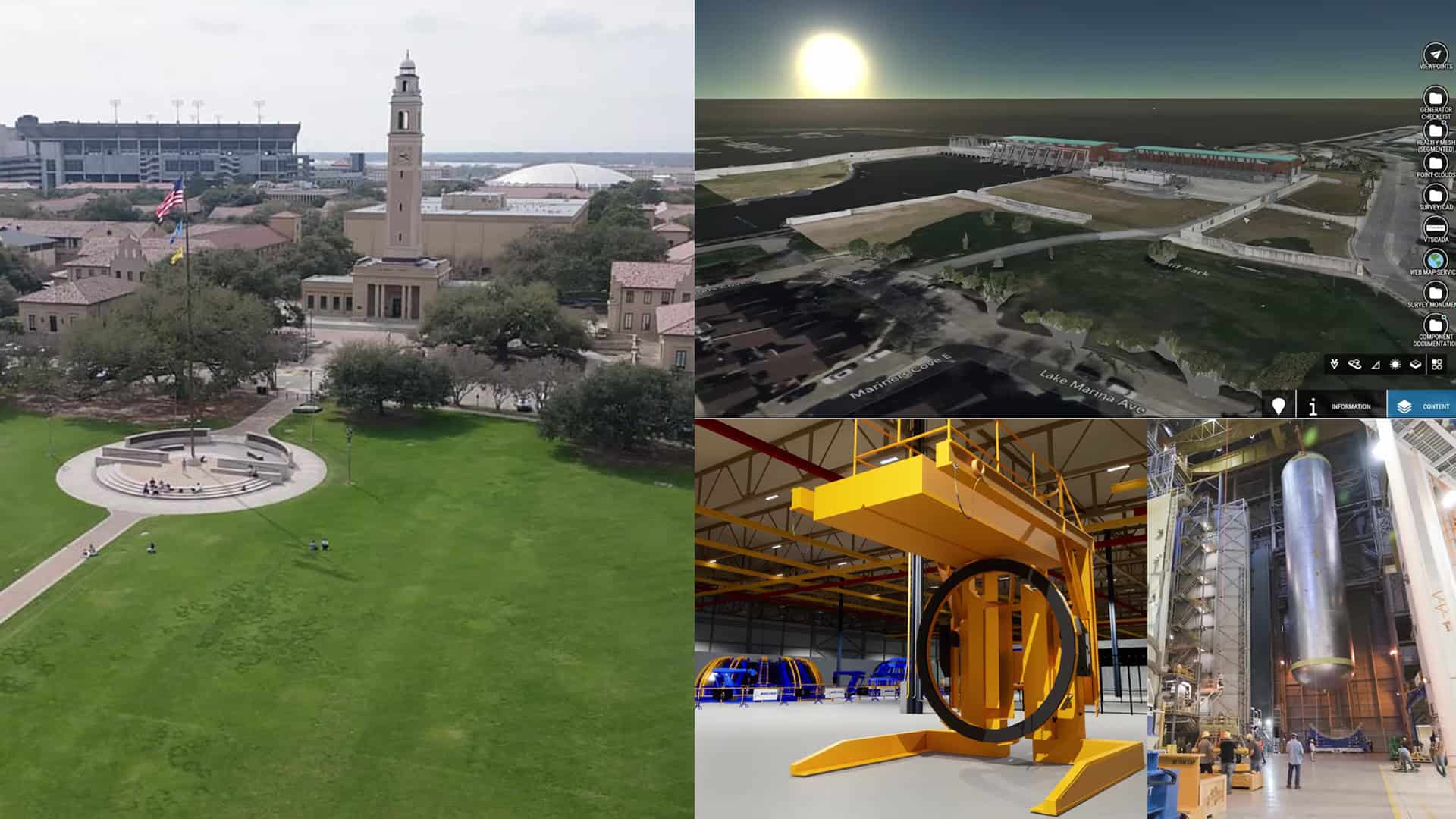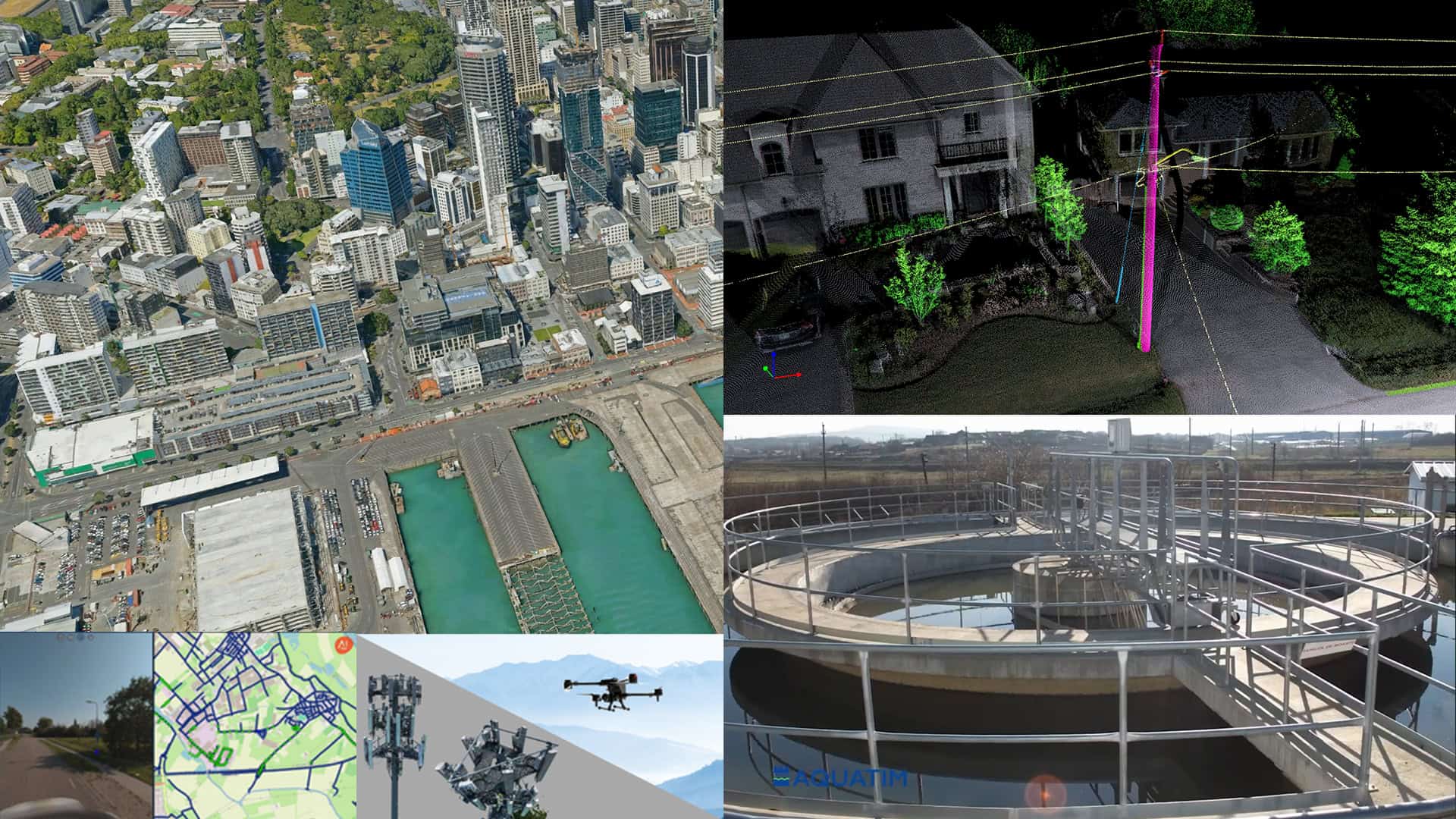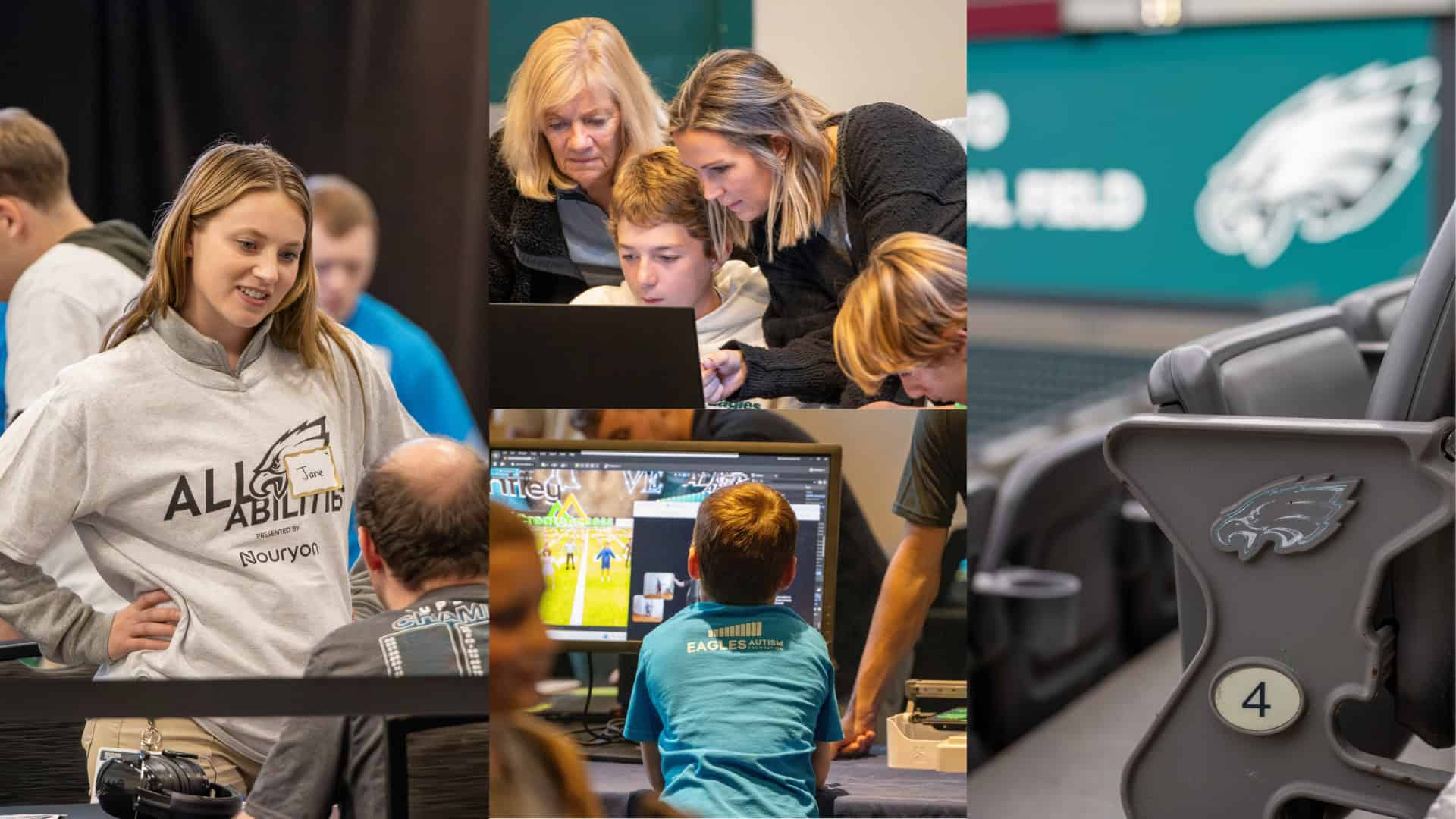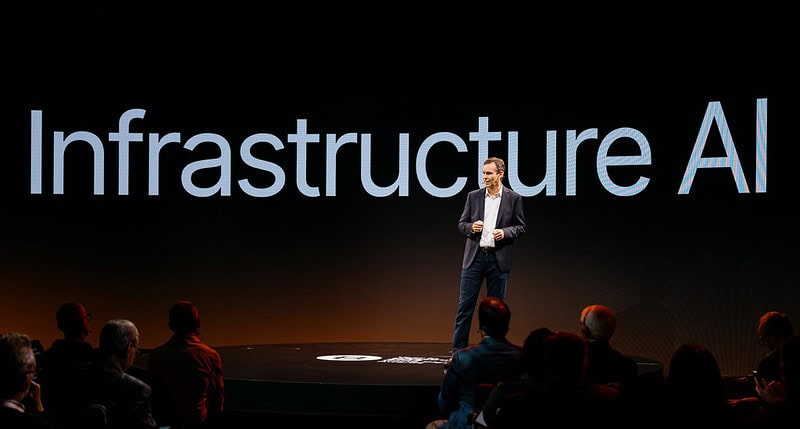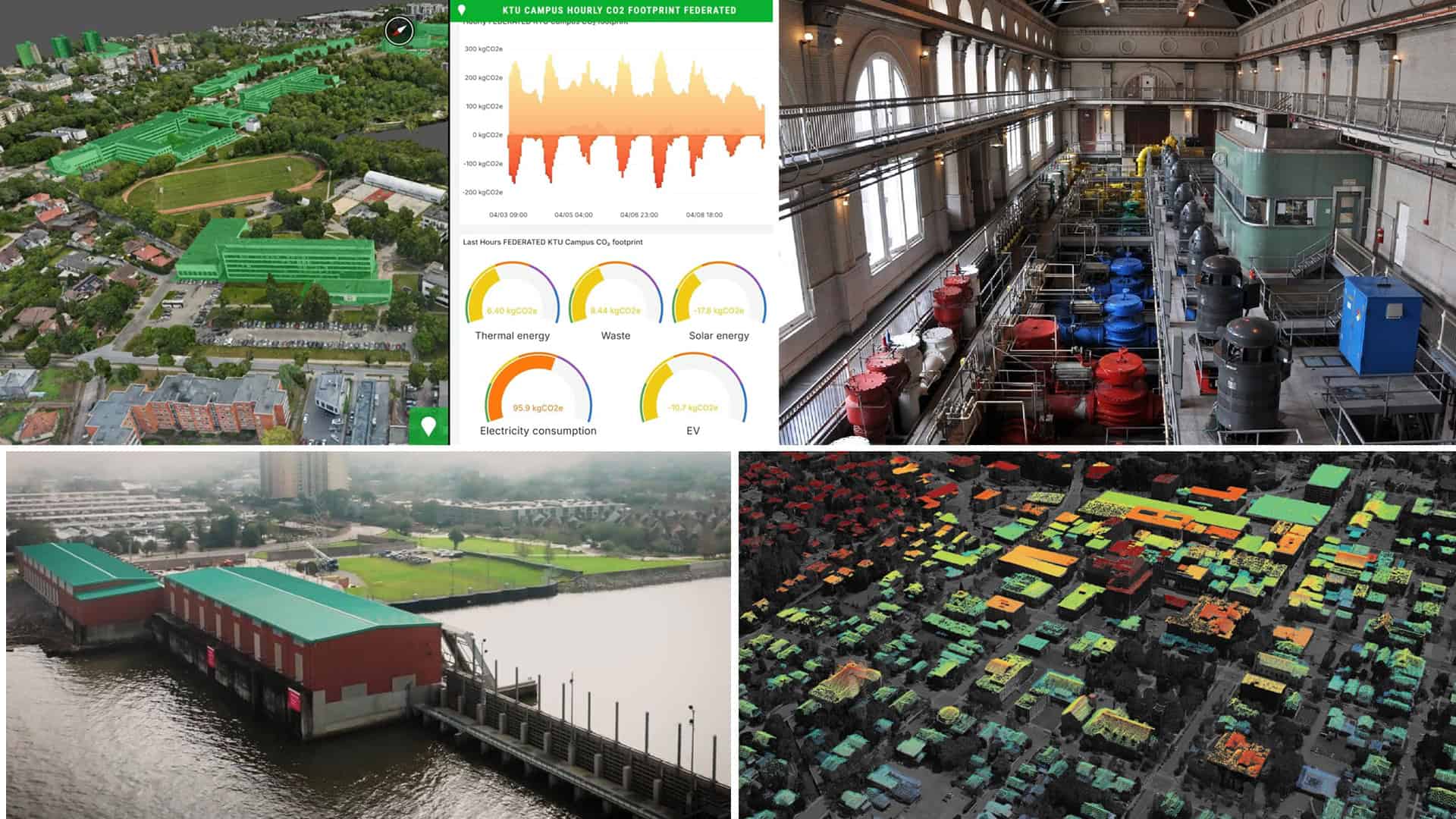Every year with the Going Digital Awards at the Year in Infrastructure, we take the opportunity to celebrate our users’ extraordinary projects and the impact they are having around the world. We are constantly humbled by and learning from our users and how they leverage technology to advance infrastructure design, construction, and operations. The thousands of conversations we have with users and partners throughout the year influence and inform our product strategy.
Infrastructure has become front-page news. It is critical to the environmental and economic sustainability of every nation. Countries are investing in infrastructure to support economic recovery, ensure energy security, and address climate change. Trillions of dollars will be required to meet global decarbonization targets by 2030. The decisions we take today have consequences that will last for decades.
Bridging the Gap
At the same time, for the firms who are responsible for delivering infrastructure solutions, the stakes have never been higher. Experienced engineers are retiring from the workforce while recruiting is ever harder. There are simply not enough engineers graduating from college. The required skill sets are also changing, which is compounding the issue. In the U.S., more than half of engineering firms are turning down work due to workforce shortages. Helping our users bridge the gap between higher expectations and the limited capacity at hand is a key focus of what we are doing at Bentley.
Our objective is to empower users to better design, build, and operate better infrastructure. To help our users work in a smarter way and find newer ways to do more with less. And the only way the infrastructure sector can increase capacity is by leveraging technology to improve efficiency and effectiveness. This means “going digital.“
Becoming Data-Centric
The most advanced projects among the submissions in the Going Digital Awards are data-centric, meaning they are leveraging data to better build better infrastructure. The challenge is that data is siloed, in different file formats and systems, and not easy to access. CIOs estimate on average that 70% of the data their organizations produce is never used. For the infrastructure sector, that number is estimated to be close to 95%. This means only 5% of the data is being used to generate insights. As a result, organizations are making under-informed decisions about their infrastructure – because they lack visibility and insights.
We believe it’s time for the infrastructure sector to make data more accessible and usable. We are evolving our products, to make them more data-centric, while continuing to support file-based workflows to the extent our users choose or require. With a data-centric approach, the data contained in files is unlocked and made available to the right person at the right time to make better-informed decisions, leading to better outcomes.
Innovation without Disruption
The Year in Infrastructure was also an opportunity to articulate our longer-term product direction, and in this context, we announced significant developments across our product portfolio to become more data-centric:
Bentley iTwin Platform, launched in 2018 as the first open, scalable cloud platform for creating infrastructure digital twins, is now significantly extended with three new products:
iTwin Experience – as a “single pane of glass” overlaying engineering data, operational data, and enterprise resource data, and enabling users to visualize, query, and analyze critical infrastructure data, at any scale or level of detail, all geospatially referenced.
iTwin Capture – used to create 3D models of existing infrastructure assets, derived from simple photographs or point clouds; with the precision required for engineering workflows, and machine-learning technology to automatically detect, locate, and classify the reality data.
iTwin IoT – enabling users to seamlessly incorporate IoT data created by sensors and monitoring devices into their infrastructure digital twins, ensuring they remain evergreen.
Bentley Infrastructure Cloud, empowering organizations and value chains that span the end-to-end infrastructure lifecycle, encompassing: ProjectWise, for project delivery; SYNCHRO, for construction; and AssetWise, for asset operations. Of these, the most significant evolution is ProjectWise, which has long been the leading solution for managing engineering work-in-progress, and has now extended its scope to full digital design delivery. ProjectWise, now powered by iTwin, leverages digital twin technology to unlock data from design files and align it semantically with Bentley’s infrastructure schemas. This makes possible, for example, comprehensive design reviews across multiple engineering disciplines; and the reuse of digital components across projects, to significantly improve the efficiency and effectiveness of the design process. Infrastructure digital twins that are created in the design phase can easily be handed over to clients as project deliverables alongside traditional files. The same digital twins can then serve as basis for engineering firms to offer transformational, digital services to their owner-operator clients, beyond the handover of the infrastructure assets.
Bentley Open Applications, such as OpenRoads, OpenBridge, OpenFlows – that empower engineering practitioners to perform at their best. Our founder and CTO Keith Bentley explained how engineering applications will next take advantage of iTwin capabilities on the desktop. Users will continue to work with the engineering and analysis applications they are accustomed to, but alongside the resulting .dgn file, the engineering applications will also create and synchronize an iModel, to semantically align and federate infrastructure engineering data within digital twins. This will enable users of Bentley Open Applications including MicroStation to participate in data-centric workflows.
Being data-centric means shifting from a fragmented and limited understanding of an infrastructure asset to a single view of truth that multiple groups can access. Data that is no longer static and locked up but kept evergreen. Our commitment is not to replace applications or to disrupt workflows. Our product strategy is innovation without disruption.
When I think about how the infrastructure sector can bridge the gap between increased expectations and the limited capacity at hand, there is no doubt in my mind that the answer is by going digital, by becoming more data-centric. Sometimes, a user will ask me where to start, and my answer is: Remember, you don’t have to start over, you can build on the work you are already doing.
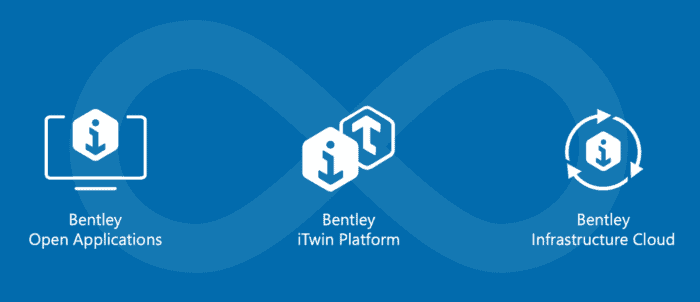 Significant developments across Bentley’s product portfolio were announced during the Year in Infrastructure.
Significant developments across Bentley’s product portfolio were announced during the Year in Infrastructure.Going Digital Awards
To be inspired, you need to look no further than the 2022 Going Digital Awards. All of the projects submitted are extraordinary and demonstrate tangible benefits of going digital. Sydney Airport, in the Facilities, Campuses, and Cities category, is a great example of how bringing together disparate data from multiple sources, aligning it semantically and geospatially, and making it available to a diverse group of stakeholders, can significantly improve performance. Sydney Airport created a comprehensive digital twin of their campus, used for planning, development, and operations, and reported a reduction in search time, to locate any item of information, of a whopping six and a half minutes – or more than 80%. If you think of how much time engineers spend searching for the right information, these minutes saved for every search amount to a huge productivity gain.
To learn more about this project and all the other finalists, please visit our 2022 Going Digital Award Finalists & Winners page.

